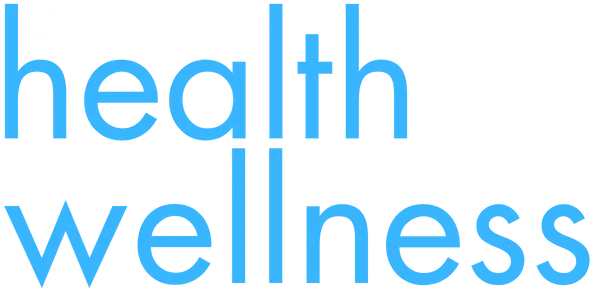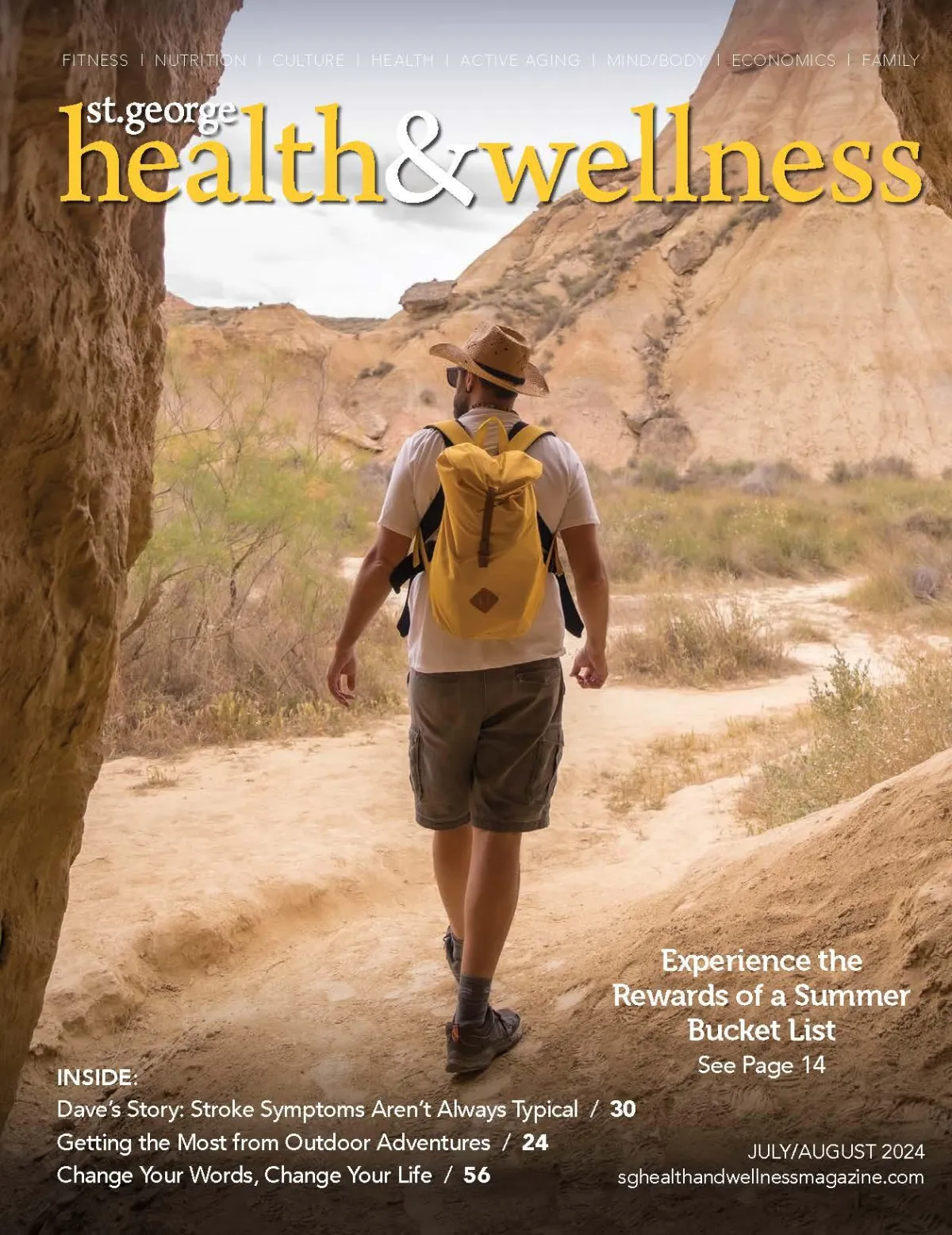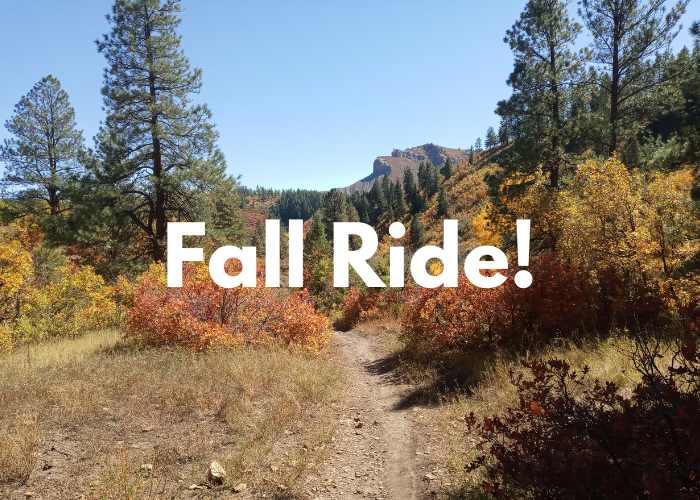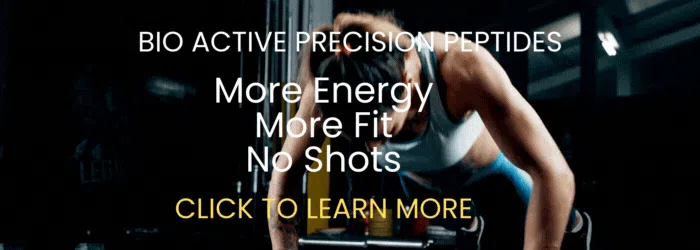

JULY & AUGUST 2024 ISSUE

Cover Story
Experience the Rewards of a Summer Bucket List
Community & Culture
Letter from the Editor
Mayor’s Message
Trailblazer Nation
Start on Your Path to a Stable Career
Navigating Real Estate in the Age of the Internet
The Health Benefits of Resort Living: Why Resort Residences Are the Ultimate Wellness Retreat
Utah Tech University Debuting the State’s Most Affordable Online Master of Healthcare Administration Program
Creative Wigs and Hair Replacement Now Celebrating Sixty Years of Service
It Takes Little to Be a Big
Carsen Cooper: Lessons I Learned at Boy’s Nation
Health & Fitness
Flex-Time: Trish Schlegel Is Ageless Bodybuilder
Walk Your Way to a Longer, Healthier Life
Getting the Most from Outdoor Adventures
Menopause and Obesity: a Real Phenomenon
Riding on the Wind
Dave’s Story: Stroke Symptoms Aren’t Always Typical
The American Apple
Ease the Ache: Arthritis Care and Advice from Vista Healthcare
Alternative Holistic Care for Horses
Preventive Dental Care Will Help You Live Your Best Life
Utah’s Swell: Utah Is Great, but It Is Also Home to the San Rafael Swell
Four Considerations for Effective Tax Planning in Retirement
A Look at Self-Guided In-Home Health Tests
Empower Yourself with Nutrition Know-How
Four Tips for Summer Water Safety

Mind & Body
Experience the Rewards of a Summer Bucket List
The Mental Health Benefits of Exercise for Older Adults
The Profound Relationship between Our Physical and Emotional Health
Nurtured by Nature: Interacting with Nature Benefits the Body and Mind
Change Your Words, Change Your Life
Set Your Sights Higher with a Vision Board
What Type of Ketamine Is Right for You?
Relationships & Family
Have You Lost That Loving Feeling?
Encounter on Santa Clara Boulevard
Who Am I? A Map to Self-Discovery
Make a Positive Impact by Planting a Tree

Current Articles

How a 1,500-Foot Climb Taught Me Everything I Need to Know About Achieving Goals
Letter From the Editor
Springtime in southern Utah is deceptive. The air is crisp, the sandstone glows in the warm sun, and the sky is so blue it feels like a painting. It’s the kind of beauty that tricks you into thinking nature is your friend. But nature, much like bad life choices, has a way of humbling you when you least expect it.
One fine spring day back in the late 1990s, my friends and I decided to hike up Red Mountain near Ivins, Utah. Unlike its name suggests, Red Mountain isn’t a traditional peak. It’s a rugged expanse of red sand, slickrock, and sandstone outcrops rising through a tangle of pinyon pines, Utah junipers, sagebrush, manzanita, and scrub oak. It looks inviting. It looks doable. It looks like something you could conquer in an hour if you just had a good sense of direction and two functioning legs.
We, however, had neither of these things. The plan—and I use that word loosely—was to follow a well-known route to the top. The problem was, we didn’t know any well-known routes. So instead of doing the logical thing—like, say, finding a map or asking someone who had done it before—we made the most reckless decision possible:
“Let’s find our own way to the top.”
At first, it was fine. The sand was deep, and the brush was thick, but the ascent felt natural. Then came the ledges. And the sheer drops. And the moments where we should have had ropes and climbing gear but instead had only our wits, which were quickly evaporating in the desert sun.
There were times when hiking turned into scrambling, scrambling turned into crawling, and crawling turned into questioning every life choice we had ever made. There were points where we had to backtrack because the way forward involved a vertical climb that no amount of optimism could turn into a “manageable step.” And there were moments of silence—the kind where everyone was quietly wondering how much trouble we were actually in.
What should have been a strenuous but reasonable hour-and-a-half hike turned into a four-and-a-half-hour ordeal—four and a half hours of scraping our hands on rocks, second-guessing our choices, and trying not to plummet to an untimely and embarrassing end.
Then, finally, we made it to the top. From the summit, everything looked different. We could see the entire valley spread out below us: the sandstone cliffs of Snow Canyon, the quiet town of Ivins, the winding roads and trails that suddenly made perfect sense from our higher perspective. And most importantly? We could see an easier way down. We had spent nearly five hours clawing our way up the hard way only to realize that a much better path had been just a little to our right the entire time.
The way my friends and I climbed to the top of Red Mountain is often the way we approach our New Year’s goals. We start off with enthusiasm and confidence, setting ambitious resolutions—lose weight, drink more water, start meditating—without a clear plan or pathway for success. At first, things seem to go well. Then, the incline hits. Work gets busy. Motivation fades. One cheat day turns into a cheat week. Suddenly, we are off the trail. But instead of stopping to recalibrate, we just keep going in “a general direction” and hope it all works out. It never does.
Getting to the top of anything is hard. But having a plan makes it easier. If my friends and I had started with the right information—if we would have asked someone who had been there before and mapped out the best route or if we would have researched a little bit—we could have saved hours of struggle. The same is true for your goals. When you decide to accomplish something, don’t make it harder than it needs to be. Ask for guidance. Make a plan. Follow a path that actually works. Otherwise, when you finally reach that better vantage point, you’ll see that there was always an easier way—you just couldn’t see it from the bottom.
Reaching the top of Red Mountain the hard way taught me a valuable lesson: having the right map makes all the difference. Whether you're working toward better health, fitness, or overall well-being, the right guidance can save you time, frustration, and setbacks.
In this edition of St. George Health & Wellness magazine, you’ll find expert advice, practical strategies, and inspiring stories to help you navigate your journey. No more wandering in the wrong direction! These articles are your map to a healthier, happier life.



